MICROCRYSTALLINE WAX
Content Overview
INTRODUCTION OF MICROCRYSTALLINE WAX
Microcrystalline waxes are a form of wax derived from the deoiling of petrolatum during the refining of crude oil. Microcrystalline wax includes a greater proportion of iso paraffin (branched) hydrocarbons and naphthenic hydrocarbons than the more recognized paraffin wax, which consists of unbranched alkanes.
In general, microcrystalline waxes fall into two categories: “laminate” grades and “hardness” grades. Typically, laminate grades have a melting point between 140-175°F (60-80°C) and a needle penetration of at least 25. Hardening grades vary from around 175 to 200 degrees Fahrenheit (80 to 93 degrees Celsius) and have a needle penetration of 25 or less. The color of both grades may range from brown to white, depending on the refinery’s amount of processing.
Chemically speaking, microcrystalline waxes are inert. Microcrystalline waxes have a greater proportion of iso-paraffinic to naphthenic hydrocarbons than paraffin waxes. The significant concentration of branching iso-paraffins in microcrystalline waxes is responsible for their elastic and adhesive characteristics. The waxes have a minuscule crystalline structure, and these tiny crystals provide more flexibility than paraffins. The crystalline structure and size, the molecular weight, and the ratio of iso-paraffin to regular paraffin determine the most distinguishing characteristics amongst microcrystalline waxes. All Microcrystalline waxes are odorless and tasteless.
WHAT IS MICROCRYSTALLINE WAX?
Microcrystalline wax is a form of petroleum-derived wax that has a tiny crystal size and an amorphous structure. After the distillation of lighter hydrocarbons like gasoline and kerosene, it is made by refining the heavier, more viscous fractions of crude oil.
Compared to other forms of waxes like paraffin wax, microcrystalline wax has a greater melting point and is more elastic and sticky. It is often utilized in a wide range of industrial applications, including the creation of candles, cosmetics, polishes, and coatings.
In order to give confectionery and pastry goods a glossy look, microcrystalline wax is frequently employed as a glazing agent in the food sector. When used within the restrictions imposed by regulatory bodies like the US Food and Drug Administration, it is regarded as safe for human consumption (FDA).
MICROCRYSTALLINE WAXES PRODUCTION
The refinement of heavy distillates from the manufacturing of lubricating oil yields microcrystalline waxes. After that, the by-product must be deoiled in a wax refinery. The product may be deodorized and decolored depending on the ultimate usage and required parameters (which usually starts off as brown or dark yellow). This is normally accomplished by the use of filtration or by hydraulic treatment of the wax substance.
Microcrystalline waxes are often made to fulfill a variety of ASTM requirements. These are some examples:
- Point of impassability (ASTM D938)
- Penetration (ASTM D1321)
- Color (ASTM D6045)
- Viscosity (ASTM D445)
Petronaft offers microcrystalline wax in both granule and slab forms.
MICROCRYSTALLINE WAX PROPERTIES
Microcrystalline waxes are readily soluble in chloroform, ether, benzene, carbon disulfide, volatile oils, and many fixed oils, similar to paraffin waxes. Micro waxes are insoluble in water and alcohol, and just slightly soluble in pure alcohol. Microcrystalline waxes are exceedingly brittle but incredibly malleable. This renders them very ductile and flexible, even at low temperatures, as well as endowed with a high tensile strength. Microcrystalline waxes are very cohesive, which provides them adhesive characteristics and water and water vapor resistance. Excellent for laminating, coating, and hardening materials are microcrystalline waxes. Other important qualities include solid-to-liquid transition over a restricted temperature range, low viscosity as a liquid just above their melting point, opalescence in thin coatings.
MICROCRYSTALLINE WAX SPECIFICATIONS
| Property | Standard Method | Values |
|---|---|---|
| Dropping Point (°C) | ASTM D-127 | 75-82 °C |
| Freezing Point (°C) | ASTM D-938 | 70-75 °C |
| Oil Content (%) | ASTM D-721 | 1.0-3.0 % |
| Penetration | ASTM D-1321 | 20-40 |
| Color | ASTM D-1500 | 0.1-0.2 |
MICROCRYSTALLINE WAX EMULSION
Microcrystalline wax emulsion is a versatile and highly functional product that is widely used in industries such as food packaging, cosmetics, pharmaceuticals, and more. Its unique characteristics, including water resistance, flexibility, and oil retention, make it valuable for various applications that require durable and effective coatings.
What is Microcrystalline Wax Emulsion?
Microcrystalline wax is a petroleum-derived material composed of branched, saturated hydrocarbons. It has a higher molecular weight and more complex structure compared to other waxes like paraffin. When combined with water and surfactants, it forms an emulsion that can be easily applied in various industrial processes and consumer products.
Key Properties
Water and Oil Resistance: Microcrystalline wax is highly effective in repelling water and retaining oils, making it perfect for applications where water and oil barriers are essential.
Flexibility: Its molecular structure provides flexibility, which allows it to adapt well to different surfaces and conditions, making it ideal for coatings that need to be flexible yet durable.
Low Surface Tension: Microcrystalline wax exhibits low surface tension, which enhances its ability to provide strong water and oil-resistant properties in various applications.
MICROCRYSTALLINE WAX EMULSION SPECIFICATIONS
Microcrystalline Wax Emulsion 50%
| Property | Standard |
|---|---|
| Solid Content (%) | 50±2 |
| pH | 8-10 |
| Flow Time | 10-30 |
| Density | 0.870-0.960 |
| Viscosity (cP) | Max 450 |
| Color | White |
| Paraffin | Special Mixture Waxes |
Microcrystalline Wax Emulsion 60%
| Property | Standard |
|---|---|
| Solid Content (%) | 60±2 |
| pH | 8-10 |
| Flow Time | 15-30 |
| Density | 0.900-0.960 |
| Viscosity (cP) | Max 450 |
| Color | White |
| Paraffin | Special Mixture Waxes |
MICROCRYSTALLINE WAX BENEFITS
- Due to its various functional features, microcrystalline wax is used in a broad variety of applications. These are some of its capabilities:
- Microcrystalline wax enhances the texture of personal care and cosmetic items such as lipstick, foundation, and skin care solutions.
- This form of wax improves the consistency of items by making them more rigid, thicker, or easier to distribute.
- Providing uniformity: With microcrystalline wax, you may provide more color consistency and sheen to cosmetics and personal care items, making them more aesthetically pleasing.
- Preventing perspiration: Microcrystalline wax helps reduce perspiration resulting from temperature variations in goods such as lipstick.
- Achieving great flexibility: This material’s structure is more flexible than that of other waxes, allowing it to give high tensile strength without breaking.
COMPARISON OF MICROCRYSTALLINE WAX AND PARAFFIN WAX
When microcrystalline waxes are compared to paraffin wax, the fineness of microcrystalline wax crystals, which consist of saturated aliphatic hydrocarbons with a high molecular weight, is measured. It is often darker, more viscous, denser, more elastic, and has a greater molecular weight and melting temperature than paraffin waxes.
The presence of indirect chain components in microcrystalline waxes is connected to their elastic and sticky capabilities. The tiny and thin crystal structure of common microcrystalline wax makes it more flexible than paraffin wax; for this reason, it is often utilized in cosmetic compositions.
PARAFFIN WAX | MICROCRYSTALLINE WAX |
Mainly unbranched alkanes | Mainly branched alkanes |
Crystalline | Amorphous |
Brittle | Malleable |
Translucent | Opaque |
Low melting (48 to 70ºC) | Higher melting (54 to 95ºC) |
Glossy | Adhesive |
Hard | Soft |
White | White to colored |
Odorless | Odorless |
MICROCRYSTALLINE WAX APPLICATIONS
Microcrystalline wax is typically used in the manufacture of cosmetics, adhesives, skin care creams, ink, gum, candles, rubber, gel, multi-layered paper goods, coatings and coverings, sealing compounds, ointments, and various kinds of polishes. This substance is also used in the plastics and packaging sectors. Refineries may use blending facilities to combine microcrystalline and paraffin waxes. This is standard practice in the tire and rubber industries.
Microcrystalline waxes have several uses in the jewelry and miniature sculpting industries.
Renaissance Wax, a brand of microcrystalline wax, is also often used in museums and conservation settings to preserve and polish ancient woods, ivory, jewels, and metal artifacts.
Microcrystalline waxes are ideal for changing the crystallinity of paraffin wax. Microcrystalline wax carbon chains are much more branched than paraffin wax carbon chains. This is beneficial when certain desirable functional changes in paraffin are desired, such as improved flexibility, a higher melting point, and enhanced transparency. Additionally, they serve as slip agents in printing inks.
Microcrystalline wax is used in ice hockey and snowboarding. It is placed on the friction tape of the ice hockey stick to prevent tape deterioration due to water loss of the adhesive on the tape, and the quality of the wax adhesive improves the puck’s control. It also makes the board simpler to maneuver by reducing friction and enhancing its ability to glide.
In general, the uses of microcrystalline wax are categorized as follows:
- The manufacturing of gum base, lipstick, cold creams, and ointments.
- Packaging for food, anti-humidity film, foil, and corrugated board
- Enhancing the adaptability of hot melt adhesives.
- Manufacturing of colored pencils, candles, and adhesives
- Production of anti-corrosion chemicals
- Manufacturing of insulation materials
Explore related articles on this product via the tag link below:
MICROCRYSTALLINE WAX PACKING
Microcrystalline wax is produced in 5-kg slabs or granules that can be packed in cartons or polypropylene bags.

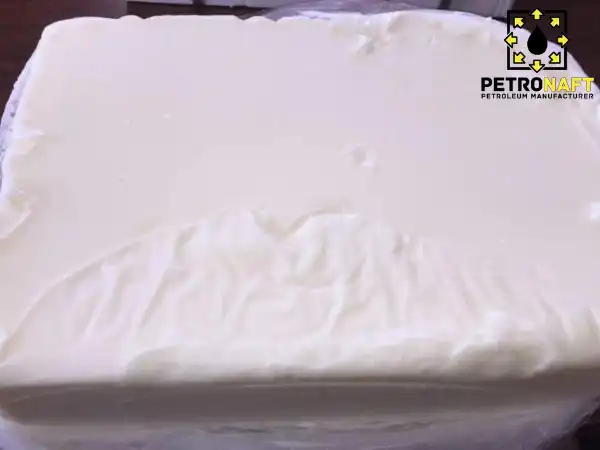
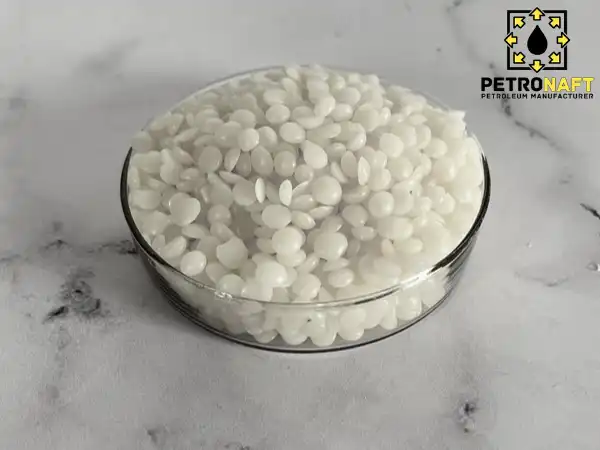
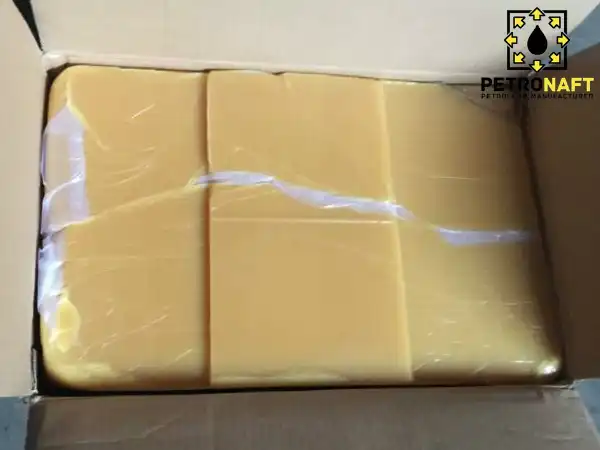
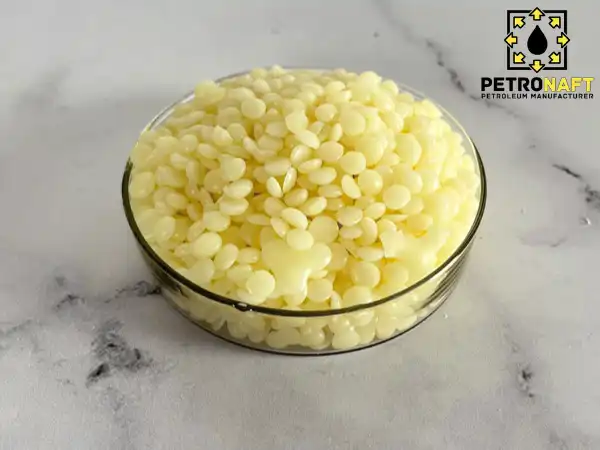
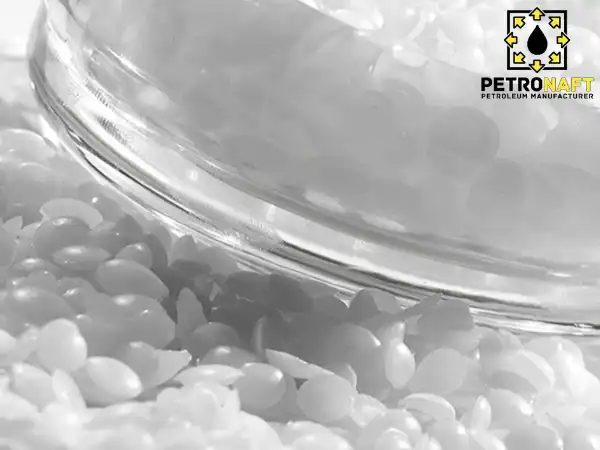


Sir, We previously sent you by email regarding the purchase of the polymer ” Waw paraffin (56 – 58) food grade to go monthly orders renewable every month, 20000 kilos of product , delivered to the port of Algiers, fresh transport and insurance included , payable in Dollars. We asked you to tell us the price per tonne might be interested in us, knowing that we attach great importance to the quality , accuracy and authenticity of the product to compete in the domestic market of products almost similar and ” low-cost “. Until now we have not unfortunately been answered by you, knowing that we attribute great importance to this type of product that you put on the international market, and their safe delivery at the port of Algiers according to the terms of CIF . We would like you consider our request very carefully , and hoping for a favorable response from your company at our request in a short time , we assure you once again of our loyalty , and please accept, Sir Sales Director , in expressing our best wishes. NG COMPANY TRADE ALGERIA
Thank you for your inquiry, your email will be answered soon by the sales department.